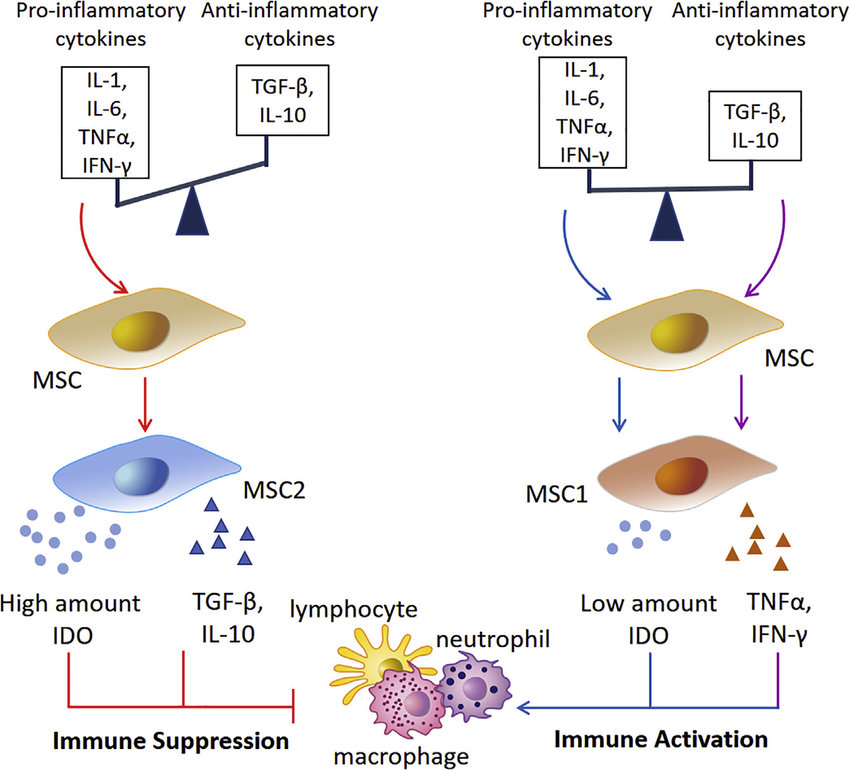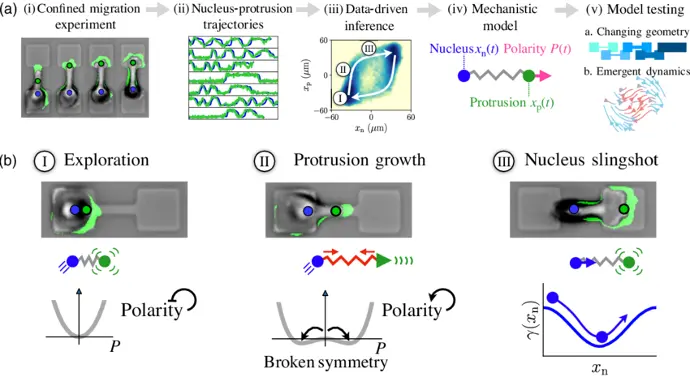The RadiusTM Cell Migration Assay Offers a Complete Approach to Measuring Cell Motility
Overview
An essential cellular process, cell migration is involved in many biological processes, such as immunological response, wound healing, and embryonic development. In order to improve our understanding of these processes and create effective treatment plans for illnesses linked to compromised migration, it is essential to comprehend the dynamics and regulation of cell migration. A state-of-the-art instrument for precisely and effectively quantifying cell migration in a quantitative and repeatable manner is the RadiusTM Cell Migration Assay.
Fundamentals of the Assay
A circular migration zone is created around a central area that has been seeded with cells using a special microfluidic platform used in the RadiusTM Cell Migration Assay. After being seeded in the center, the cells are free to spread out radially. Cell motility is thoroughly evaluated by measuring the migration distance over time.
Important Elements
High-throughput: By allowing the simultaneous analysis of several samples, the microfluidic platform boosts efficiency and throughput.
Quantitative: The automated image analysis software provides quantitative data for statistical analysis by precisely measuring each cell's migration distance.
Reproducible: The standardized microfluidic design reduces variability and improves reliability by guaranteeing consistent results across experiments.
Versatile: The assay works with a variety of cell types, such as cancer cells, stem cells, and primary cells.
Customization: The assay parameters can be adjusted to meet particular experimental needs. Examples of these adjustments include migration duration and media conditions.
Uses

Numerous uses for the RadiusTM Cell Migration Assay exist in the field of cell biology research, such as:
- Examining how medications, cytokines, and other stimuli affect the migration of cells.
- Investigating how cell migration affects disease processes.
- Finding possible treatment targets for conditions where there is reduced migration.
- Creating novel approaches to tissue regeneration and wound healing.
Advantages
Quantitative and accurate: Offers accurate cell migration distance measurements, facilitating trustworthy data interpretation.
High-throughput and efficient: Enables the analysis of several samples at once, increasing output.
Versatile and customizable: Enables flexibility in research design by adapting to different cell types and experimental conditions.
User-friendly: By streamlining data collection and analysis, the automated image analysis software lessens the impact of human bias.
In summary
For scientists studying cell migration, the RadiusTM Cell Migration Assay is an essential resource. Comprehensive analysis of cell motility is made possible by its high-throughput, quantitative, and adaptable nature, which offers important insights into the regulation and operation of this crucial cellular process.
Unraveling Cell Migration Dynamics: From Embryonic Development to the Advancement of Disease
A complicated, multifaceted process, cell migration is essential for tissue repair, regeneration, and embryonic morphogenesis. It is an essential component in the development of many illnesses, such as arthritis, mental illness, cancer, and atherosclerosis. Cells initially respond to migration-promoting agents by polarizing and extending projections toward the signal that attracts them. Both slender filopodia and broad lamellipodia can be seen in these projections, which are strengthened by actin polymerization and adhesion to the extracellular matrix (ECM) or interactions with nearby cells through transmembrane receptors.
Investigating the Junction using the RadiusTM Cell Migration Assay

The RadiusTM Cell Migration Assay becomes an essential tool in the quest to understand the intricate mechanisms controlling cell migration and communication. This paper explores the basic molecular mechanisms of cell migration and communication and makes a link with the use of the RadiusTM assay to explain these phenomena.
Molecular Understandings of Cell Migration Cell migration involves complex molecular interactions that orchestrate critical processes in the development of embryos and the progression of diseases. Cell movement is intricately regulated by the dynamics of actin polymerization, adhesion molecule engagement, and signaling pathway modulation. Comprehending these mechanisms enables the utilisation of RadiusTM assay's accuracy and efficiency to analyse migration dynamics.
Deciphering Cell-Cell Interactions:
Consequences for Assay Creation The complex coordination of cellular behaviors by cell-cell communication affects disease pathology and developmental patterns. Understanding the function of paracrine signaling and transmembrane receptors in cellular crosstalk provides information that can be used to improve the RadiusTM assay's ability to examine intercellular interactions during migration events.
Utilizing RadiusTM to Improve Understanding For researchers looking to gain a deeper understanding of cell migration dynamics, the RadiusTM Cell Migration Assay is a useful tool because it can perform high-throughput analysis and precise quantification. Researchers can gain sophisticated insights into the mechanisms behind migration and cell-cell communication by combining the assay's capabilities with our knowledge of molecular mechanisms.
Utilization in Illness Study The RadiusTM assay exhibits potential for clarifying the function of cell migration in diverse disease scenarios, such as the metastasis of cancer, neurological ailments, and inflammatory states. Researchers can explore the role that aberrant migration patterns play in the progression of disease by utilizing its accuracy and efficiency, which will help to develop targeted therapeutics and diagnostic approaches.
Prospective Courses and Joint Ventures Future efforts may concentrate on broadening the applicability and adaptability of the RadiusTM Cell Migration Assay as cell migration research develops. Researcher, industry professional, and technology developer collaboration can spur innovation in assay design, data analysis algorithms, and integration with supplementary methods like single-cell analysis and live-cell imaging. We can utilize the full potential of the RadiusTM assay to address challenging issues in cell biology and disease pathology by encouraging interdisciplinary collaborations.
Advancing Medical Research and Treatment Approaches
Beyond fundamental research, the RadiusTM assay's transformative potential offers a route for translational applications in drug discovery and personalized medicine. Researchers can find new therapeutic targets and create creative methods to modify migration dynamics for therapeutic benefit by clarifying the mechanisms of cell migration in disease states. Moreover, the RadiusTM assay's capacity to screen potential medications and evaluate how well they modulate migration creates opportunities for precision medicine strategies catered to specific patient profiles.
In summary, the RadiusTM Cell Migration Assay is a cutting-edge tool for cell migration research because it provides accurate quantification and high-throughput analysis. This assay offers a strong platform for expanding our understanding of cellular behaviors in development and disease, as it is in line with fundamental knowledge of migration mechanisms and communication pathways. Therapeutic discoveries are made possible by the integration of assay insights with molecular principles.
